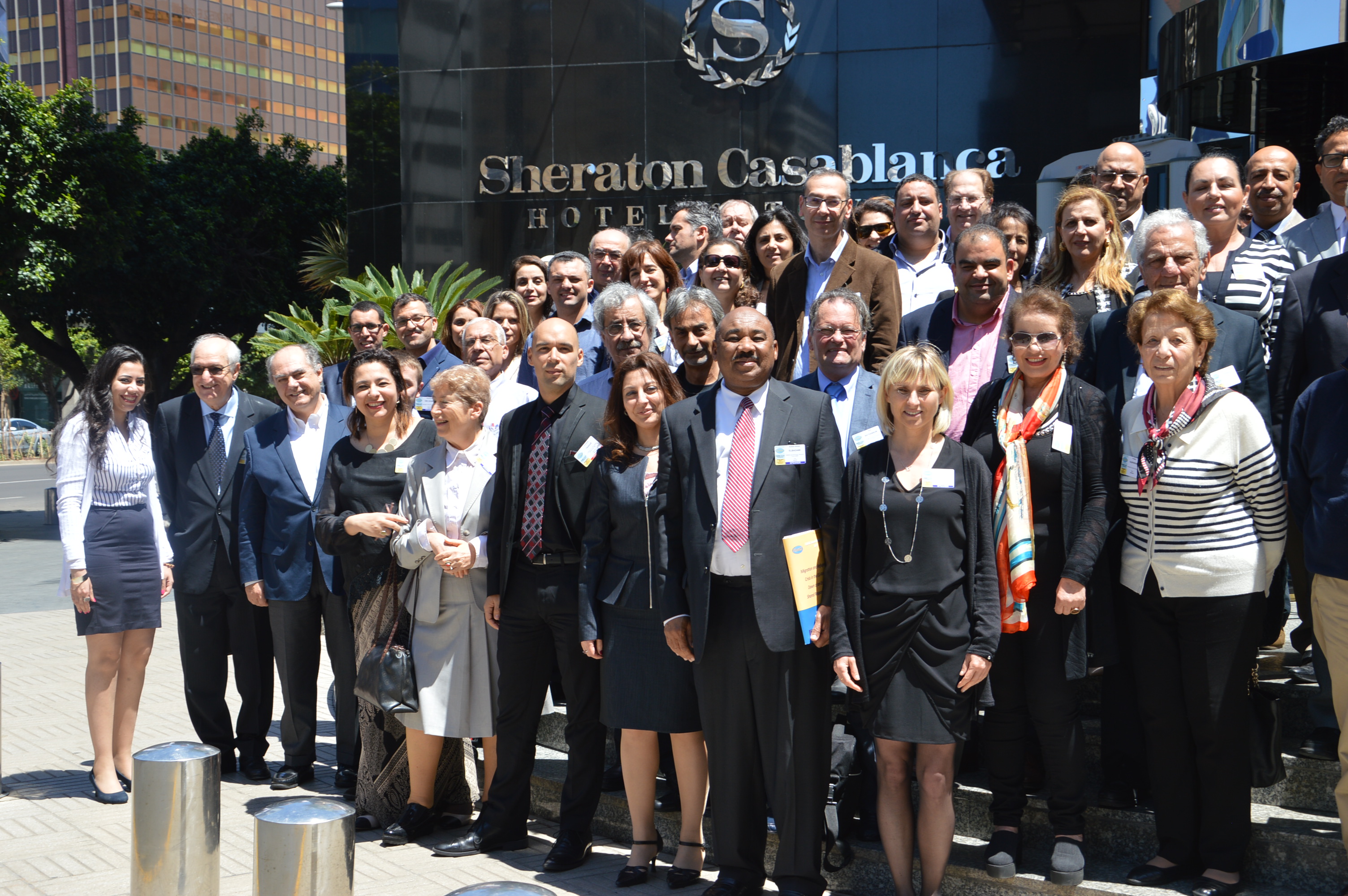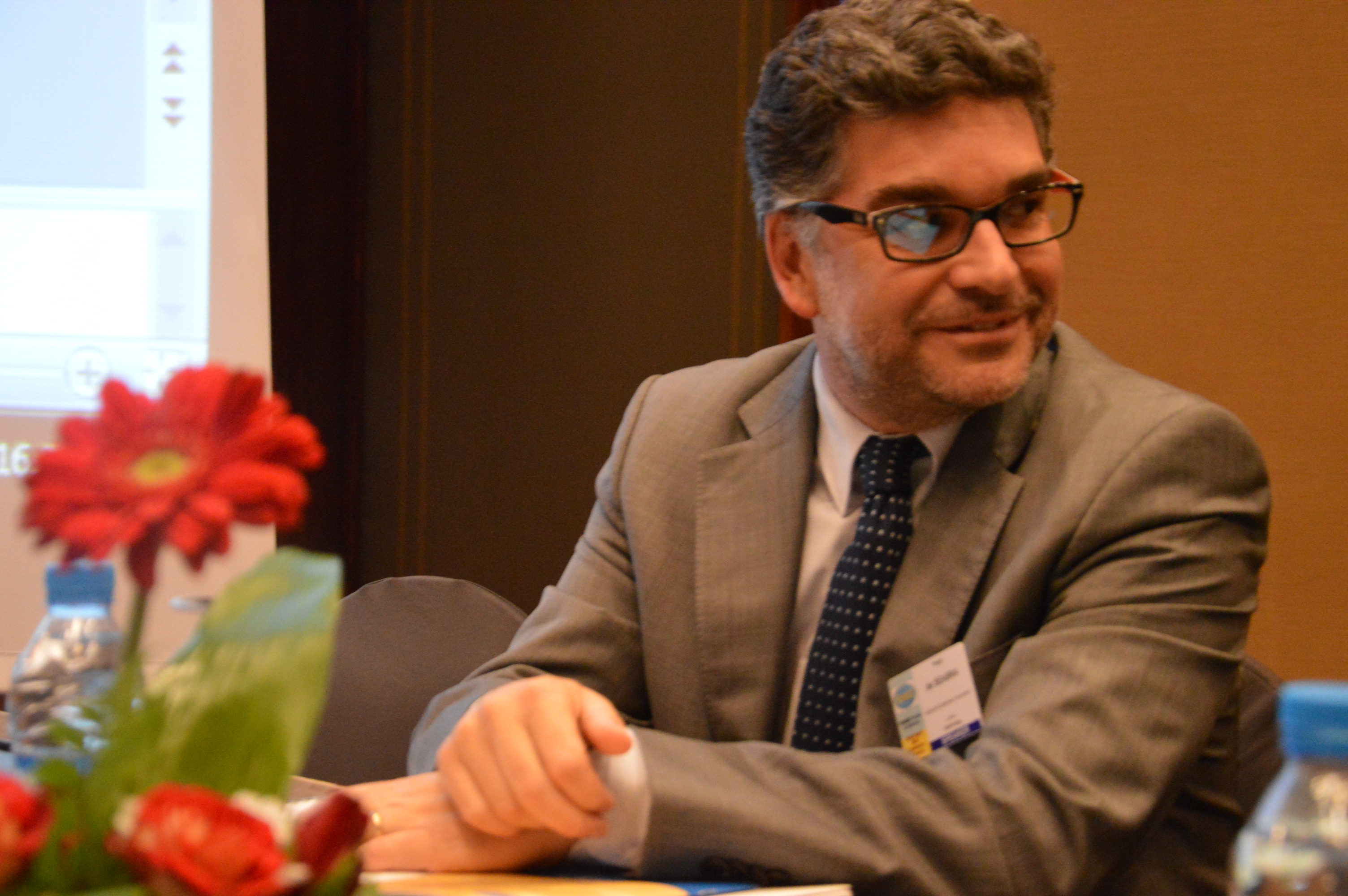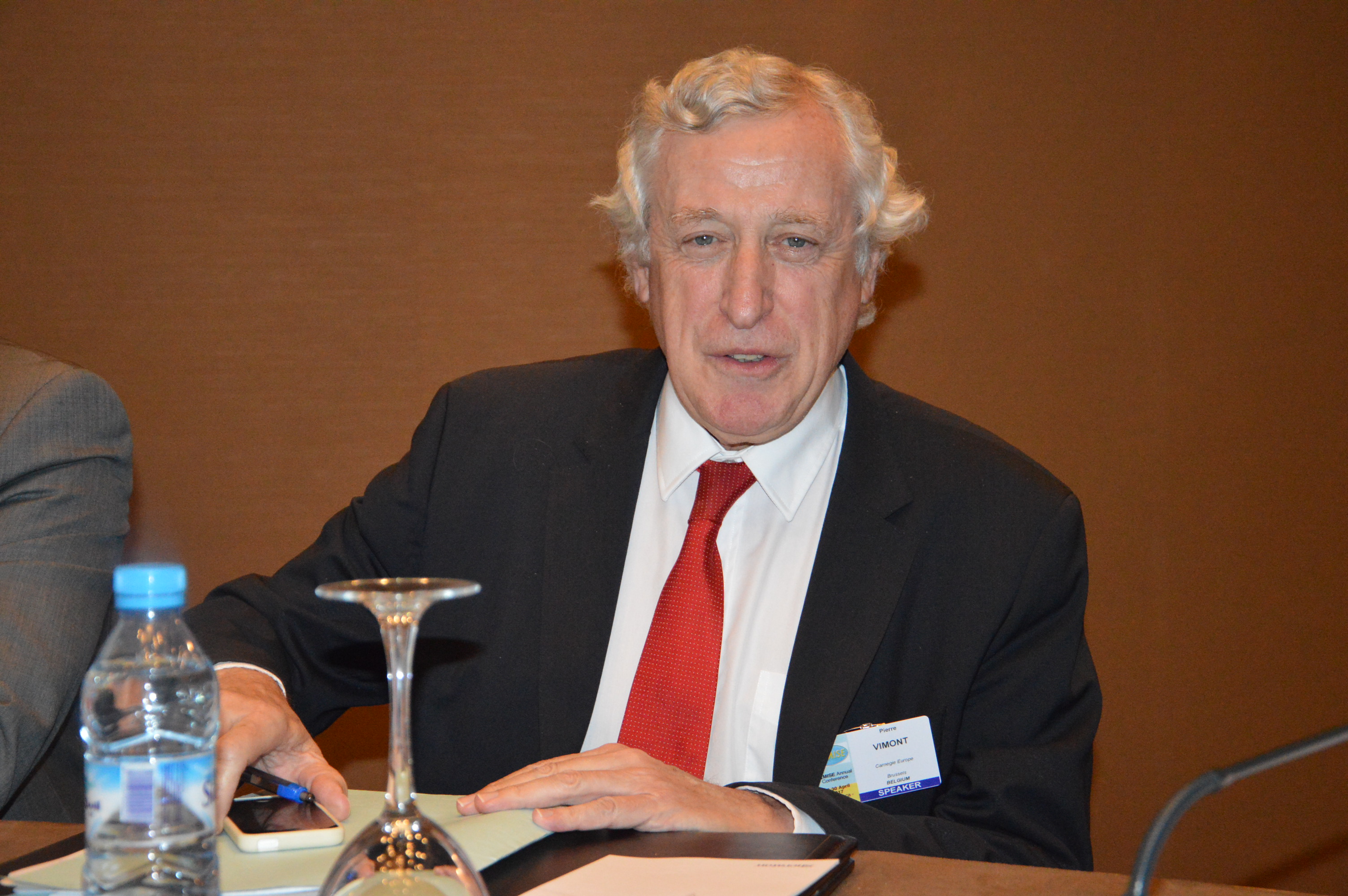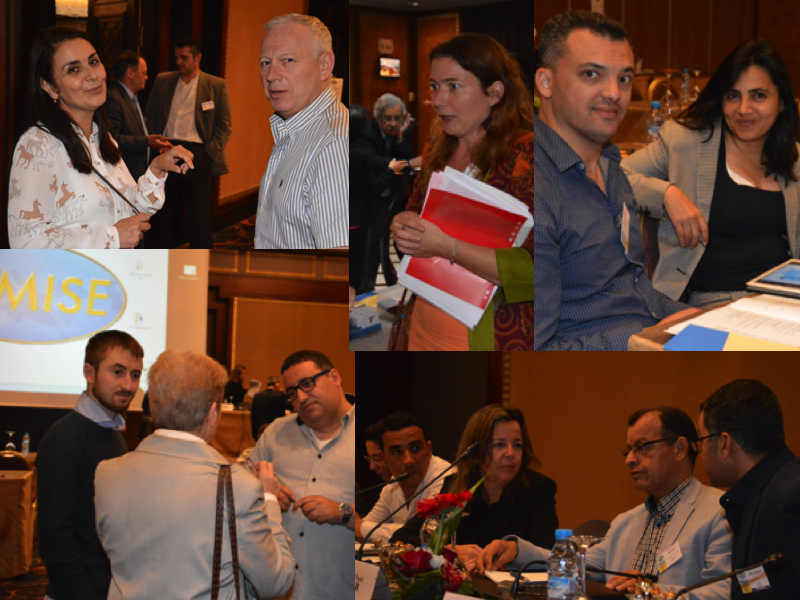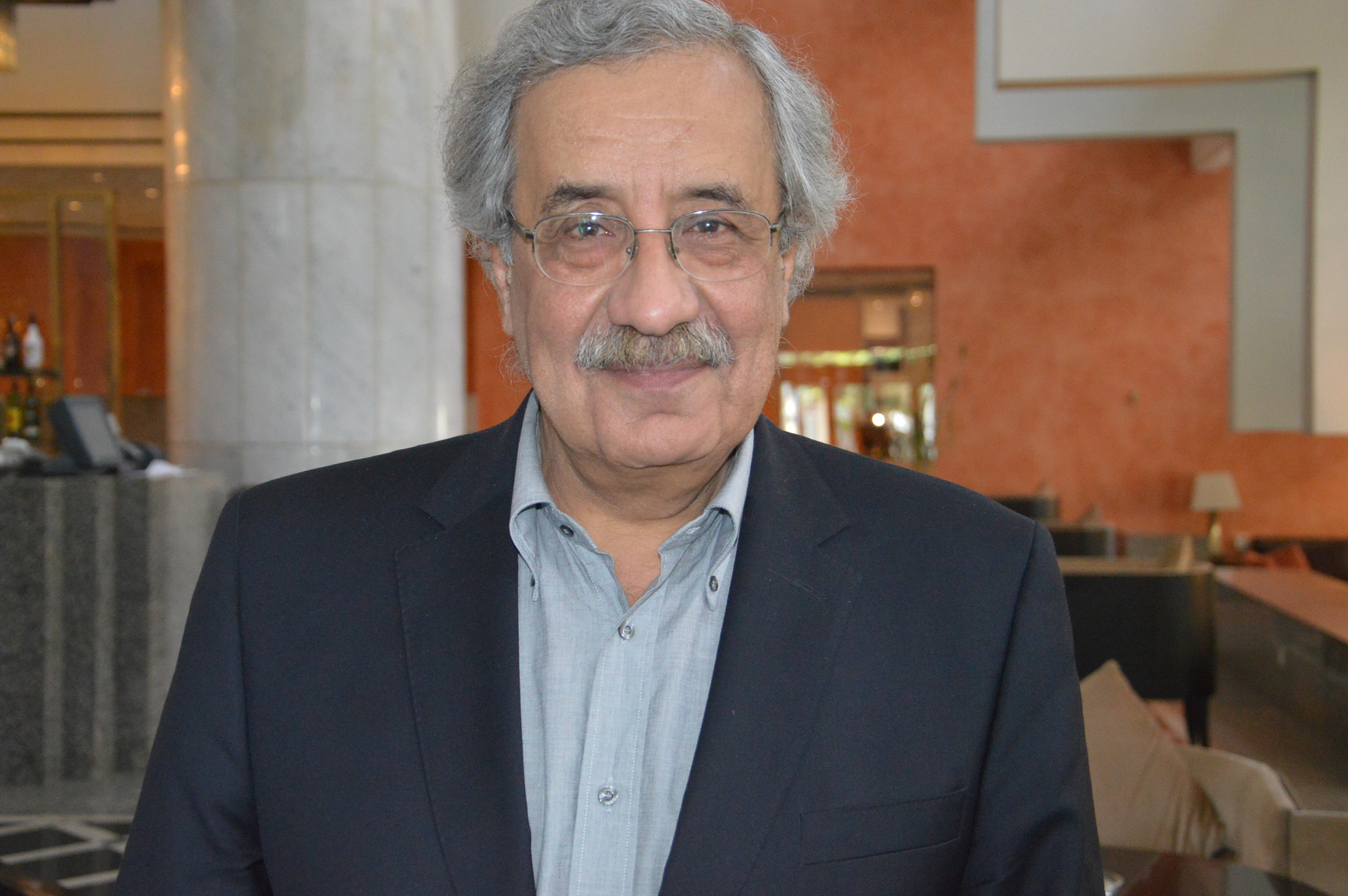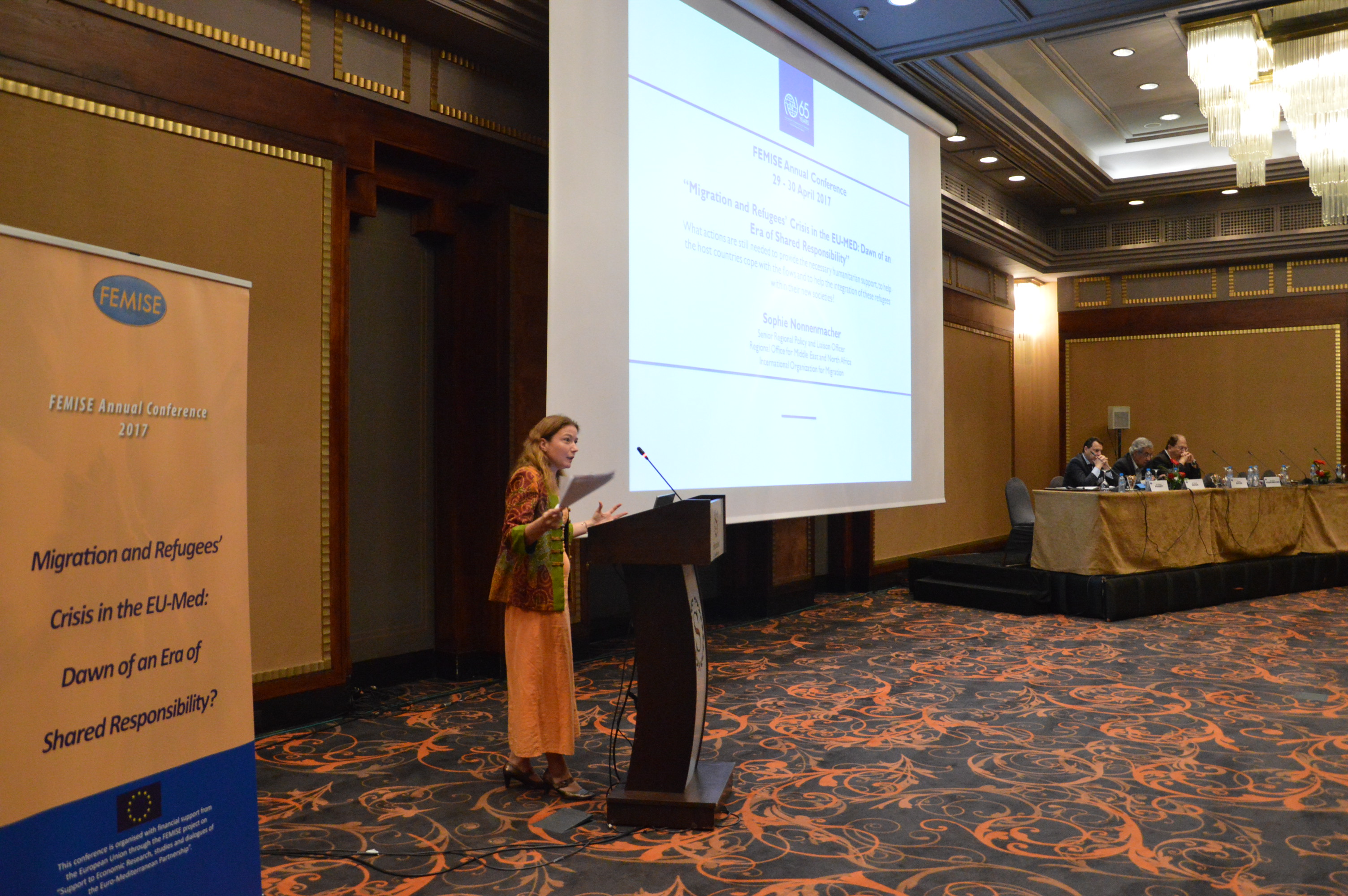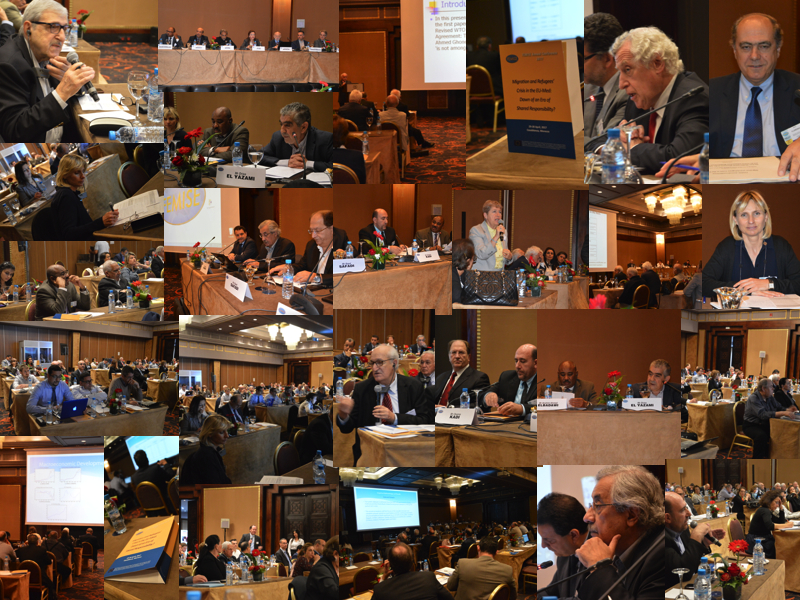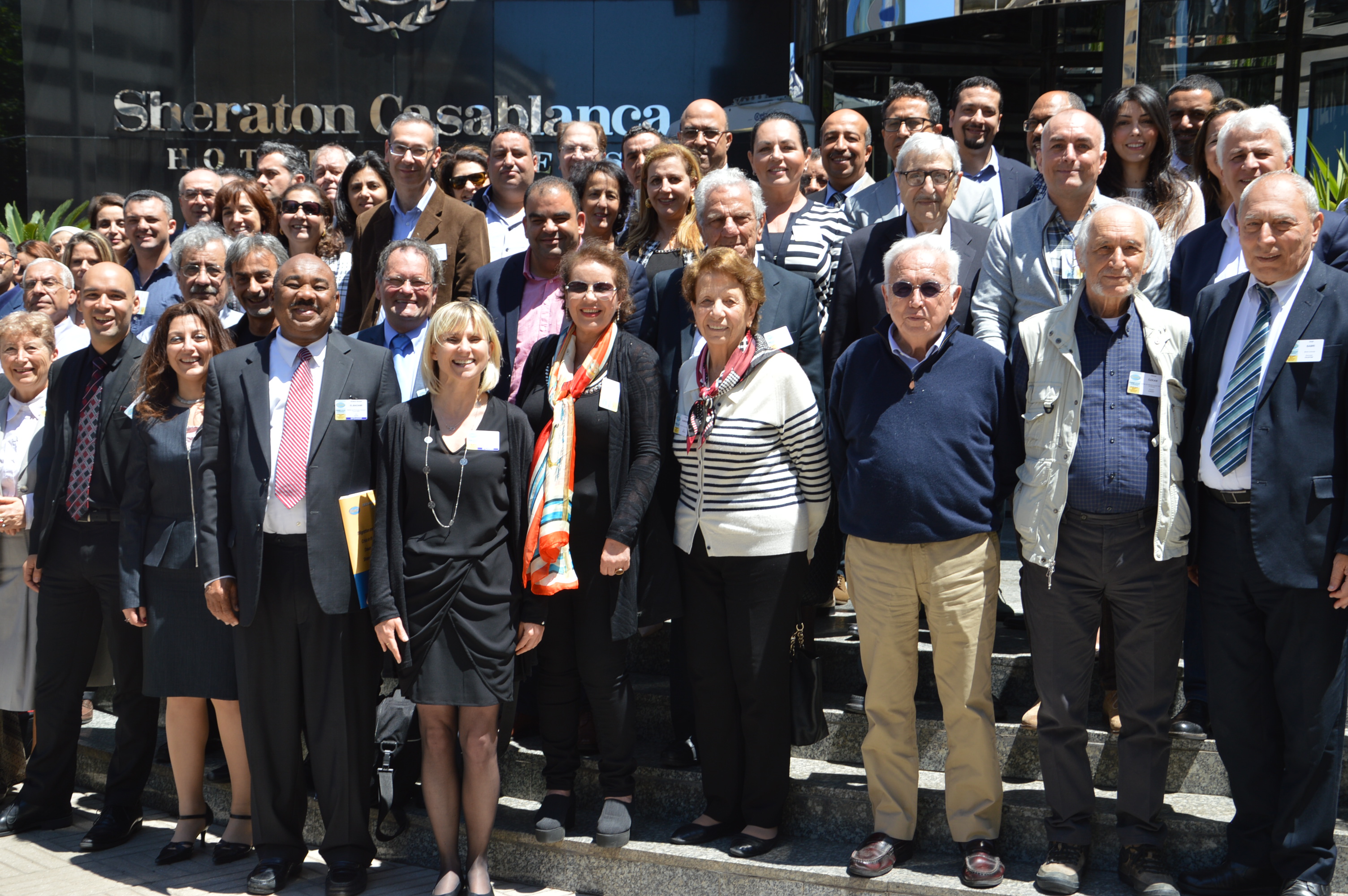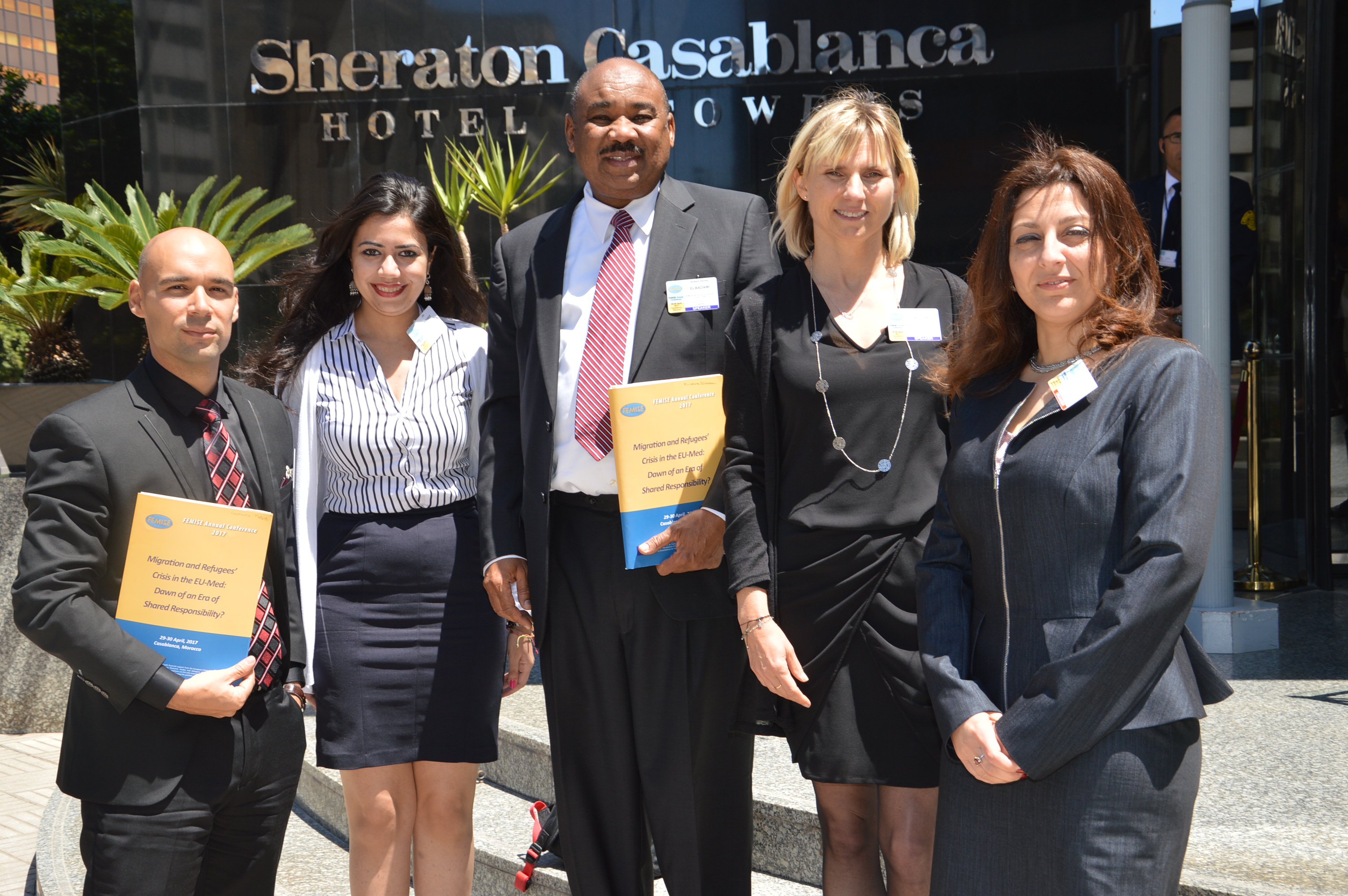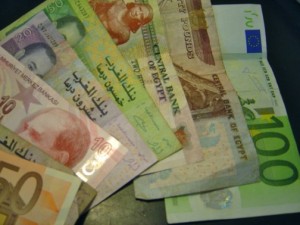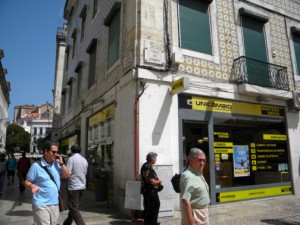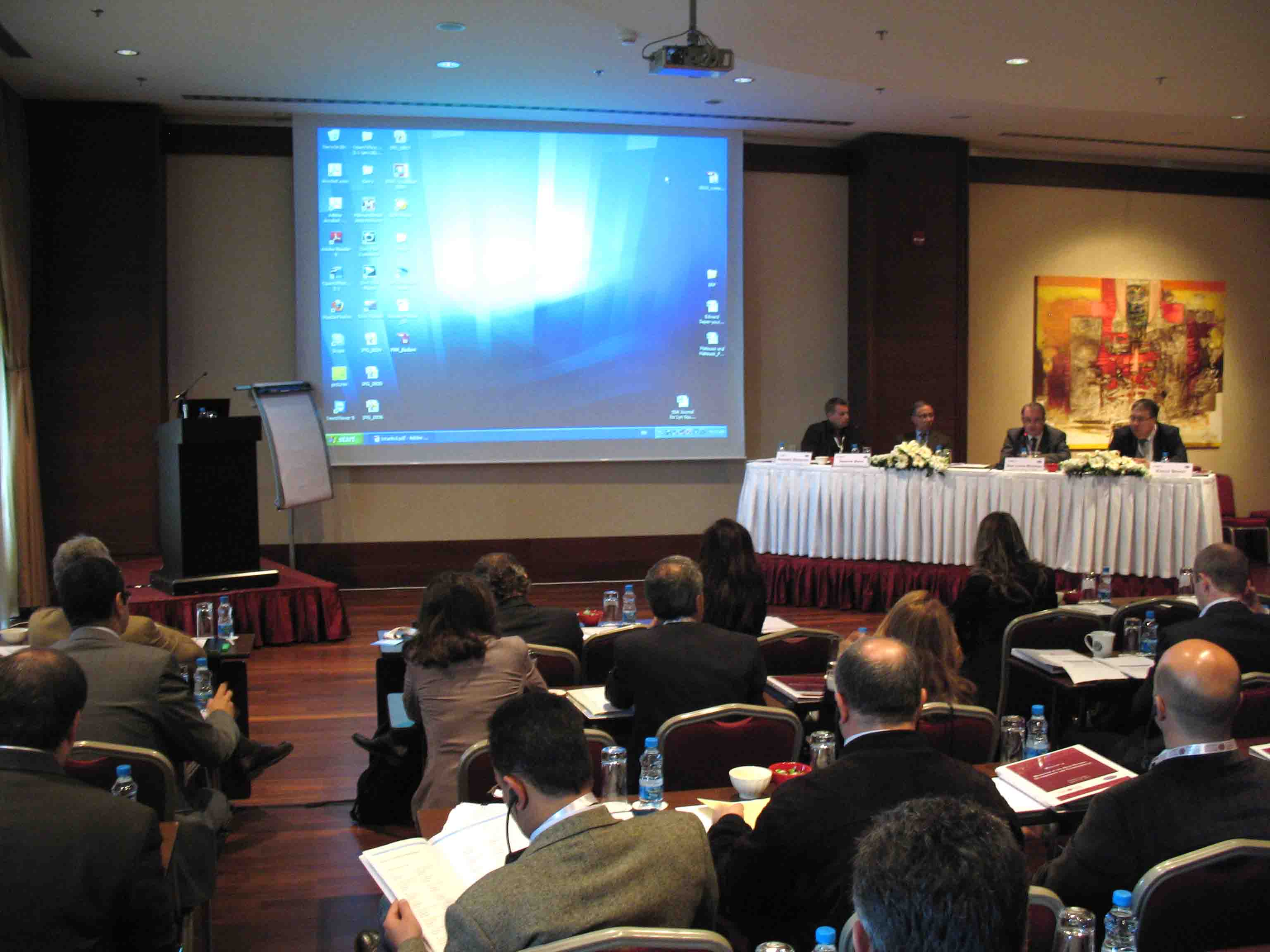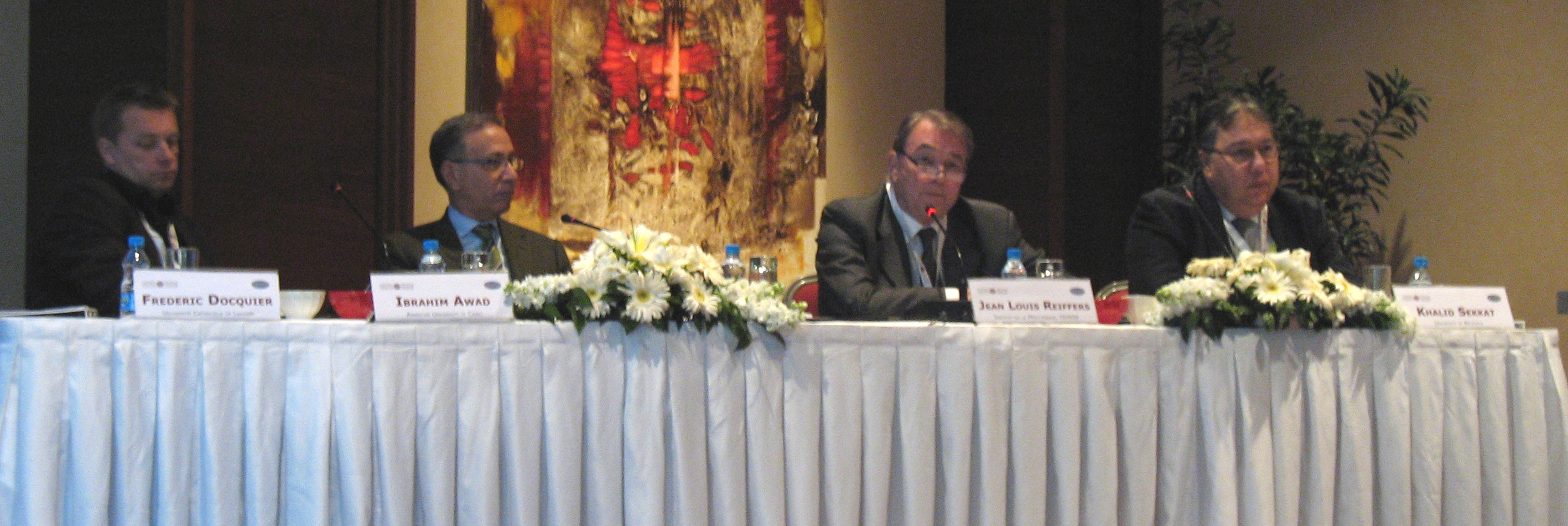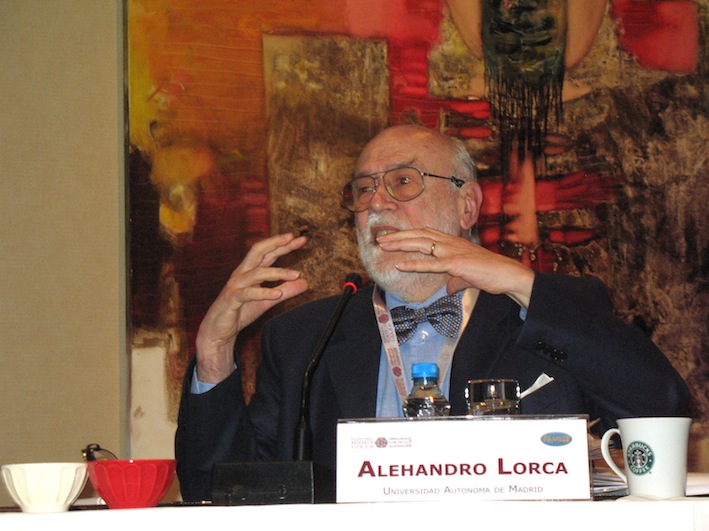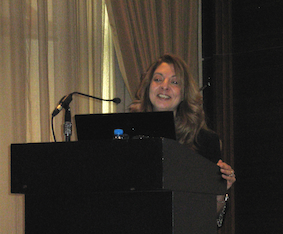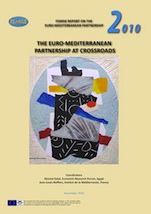
52.3% of migrants from the Middle East and North Africa plan to settle in an OECD country. ©N.B.C
Does culture affect migratory flows? The latest Femise study (FEM 42-03) analyzes the impact of cultural factors on the destination choices of migrants from the Middle East and North Africa. While there is a persistent correlation between country of origin and colonial past, the Arab Spring has however reduced the intensity of the role of culture in selecting a country of destination.
To what extent have the former French and British colonies and protectorates maintained a link with the great powers of the end of the 19th century? About 60 years after decolonization, what are the different influences and correlations with migration? The impact of culture on migration flows, largely understudied in the existing literature, has just been the subject of work within FEMISE.
The research team, composed of Frédéric Docquier, Aysit Tansel, and Riccardo Turati, professors of economics in Leuven and Ankara, analyzed the migratory phenomena of 17 countries in North Africa and the Middle East (Mena) over the period of 2007 to 2016. “Cultural indicators are correlated with the level of economic development,” Femise experts say, focusing on gender inequality and religiosity. (Click here to download the report FEM42-03)
Research shows that cultural traits do not have a significant effect on migration intentions to non-OECD countries. On the other hand, progressivity in terms of religiosity and gender equality positively affect aspirations to migrate to OECD member countries.
Impact of culture in Sunni-majority countries
In addition, the study shows that attitudes towards gender inequalities are marginally significant. However, “young migrants from MENA countries are more progressive in terms of gender equality than the rest of the population,” the study concludes.
On the other hand, religiosity plays a decisive role for European destinations or to North America, but not for Turkey. “Selection by culture is even stronger in Sunni-majority countries,” state the authors of the Femise report.
According to the study, 52.3% of migrants from the Middle East and North Africa plan to settle in an OECD country. This proportion reaches 90% for Morocco and Algeria and 35% for Syrian migrants and 30% for Jordanians, while it amounts to only 10% of migrants in Yemen and Niger. This can be considered proof of the imprint left by colonialism.
Indeed, history continues to influence aspiring migrants in their choice of destination. At the end of the 19th century and at the beginning of the 20th century, Algeria, Chad, Mali, Lebanon, Mauritania, Morocco, Niger, Syria and Tunisia were French colonies or protectorates and thus benefited from a common cultural base. The same is true for Egypt, Iraq, Jordan and southern Yemen, which were colonized and administered by Britain at the same time. Azerbaijan, under the domination of the Soviet Union, proclaimed its independence in 1991 and is among the most progressive countries with Lebanon in terms of equality between men and women and with regard to religion.
While the characteristics of the major migratory flows remain, several developments have followed the events of the Arab Spring. Following riots, violence in Egypt, Algeria, Iraq, Tunisia and Yemen, these countries have developed a progressive vision and “condemn violence against civilians,” states the report.
Click here to download the report FEM42-03
Articles by Nathalie Bureau du Colombier in partnership with Econostrum
Subscribe to the Newsletter of Econostrum : http://www.econostrum.info/subscript


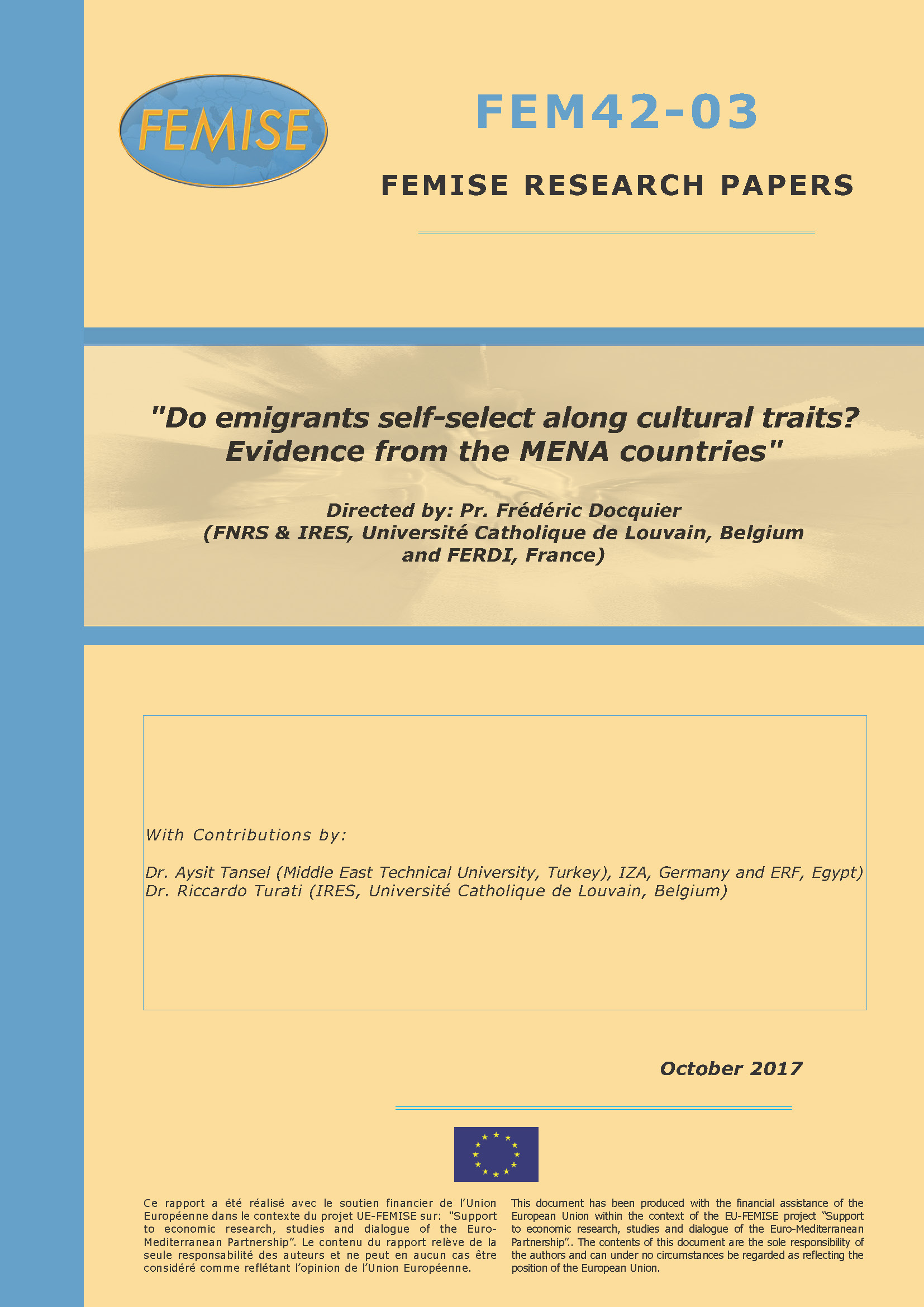 Migrants’ selection by cultural traits, beliefs and practices has been largely understudied in the existing literature.
Migrants’ selection by cultural traits, beliefs and practices has been largely understudied in the existing literature. 



